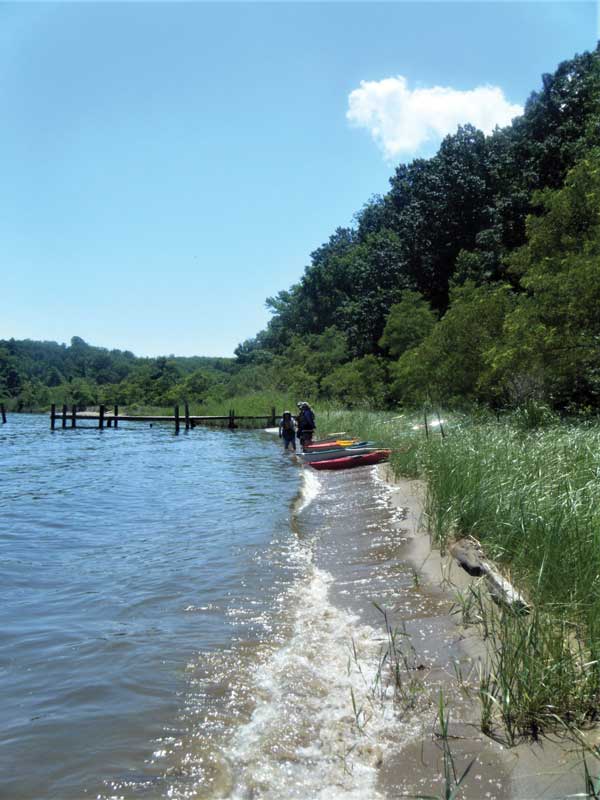The new Anne Arundel County Plan 2040: good or bad for new public boat ramps and public water access? Progress, threats, and future work.

The Anne Arudnel County Council votes soon on Plan 2040, the new county General Development Plan (GDP). The GDP is a state requirement for every county. Plan 2040 will set county land use policy for the next 20 years. The GDP land use policy matters because it is the basis for the decisions which will determine whether or not the 80 percent of county residents who do not live in water privileged communities or waterfront homes will be able to reach the water. The Public Water Access Committee, boating advocates, community leaders, and water access activists slogged through the complicated year-long GDP process. We made a difference. The final GDP is much stronger on public water access than the deeply flawed first draft. Unfortunately, despite our efforts, Plan 2040 still bakes in a barrier to public water access for the next 20 years.
Anne Arundel County has a dismal history of buying hundreds of acres of waterfront land for public parks and then not opening the promised parks to the general public, usually for decades. We have publicly owned waterfront land. We need the leadership to open it. Boat Act Advisory committee chair Thornell Jones, joined by the county NAACP and the Caucus of African American Leaders, worked with Councilwoman Lisa Rodvien to include “enhancing public access to the waterfront and parks upgraded so those who have traditionally been denied access can fully enjoy them” as a goal in Plan 2040.
Plan 2040 correctly classifies our public parks as Parks and Open Space, not Conservation.
The initial GDP misclassified most of our public parks, both waterfront and inland, as Conservation. Conservation posed an obvious barrier to park improvements, whether boat ramps or ballfields. The misclassification also undermined the county’s duty to provide the public use and access mandated by state Program Open Space (POS) and federal Land and Water Conservation Fund (LWCF) funding.
Council chair Sarah Lacey led the successful effort to create a new category of Parks and Open Space for our public parks and privately owned recreational areas. This Parks and Open Space category preserves maximum flexibility for recreational use, shields the land from development, and encourages POS and LWCF compliance.
The Peninsula Privilege and Public Water Access Plan 2040 grants special traffic and development protection to some of the most well-off and well-connected areas of the county via a Peninsula Privilege, i.e. Peninsula Policy Area. This privilege will be a rallying cry against public use and improvement of parks in these areas, whether public swimming beaches, public ballfields, or public boat ramps. We worked to get the Peninsula Privilege taken out of the GDP and unfortunately the special interests prevailed.
Looking ahead: A lengthy regional planning process begins after the Council approves Plan 2040. Plan 2040 splits the county into nine areas. The county will plan three areas at a time.
By Lisa Arrasmith